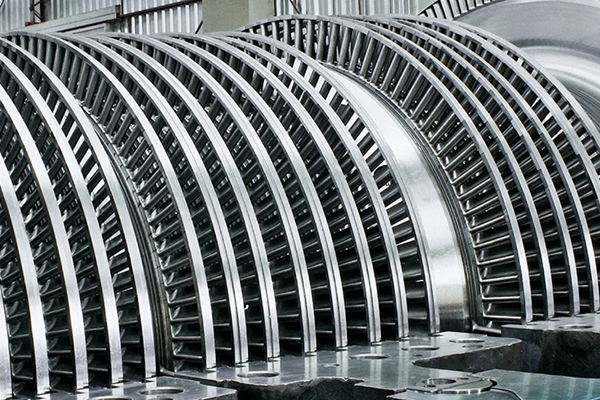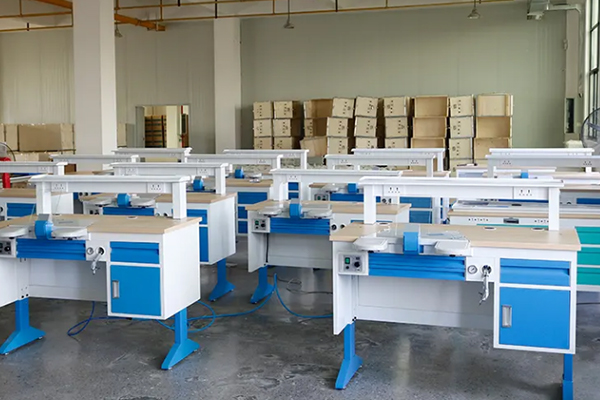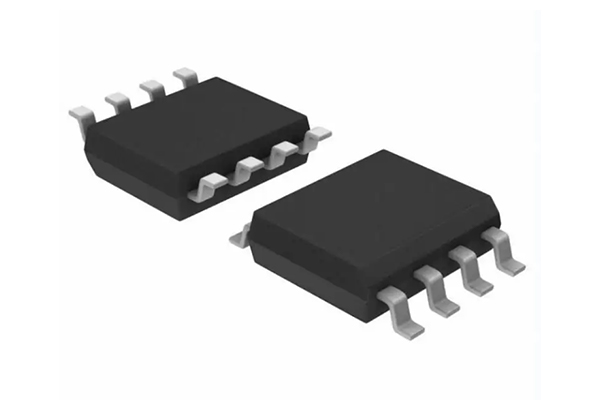Why Pure Metals Aren't Always The Best Choice
Description
Metals have long been a significant component of technological and industrial progress. However, relying solely on pure metals does not consistently yield optimal performance. Pure metals, owing to their simplicity and inherent properties, may be attractive; in practice they are often insufficient because they are soft, exhibit poor corrosion resistance and have lower mechanical strength. Given that these limitations exist, the industry frequently employs various groups of alloys under specific conditions.
1. Limitations of Pure Metals
1. Insufficient strength and durability
- Most pure metals are relatively soft and can be easily deformed. Pure gold, for example, is highly malleable and prone to scratches, which makes it unsuitable for everyday jewellery production without alloying with metals such as copper.
- Pure iron is prone to rust and does not have the hardness required for construction. Adding carbon creates steel, which exhibits considerably higher strength.
2) Poor corrosion resistance
- Many pure metals react with oxygen, water or chemicals in the environment, thereby initiating corrosion.
- Pure iron rusts quickly, whereas rust-resistant steel (an alloy composed of iron, chromium and nickel) is developed to resist corrosion.
3. High cost or limited availability
- Certain pure metals, such as platinum and titanium, are expensive. Alloying with other metals can reduce material costs without compromising essential properties.
- Pure aluminium is soft, but aluminium alloys (with copper, magnesium or silicon) provide improved strength at lower cost.
4. Inefficient thermal and electrical properties
- Copper is an excellent electrical conductor, but it is relatively soft. For applications requiring greater durability, copper alloys such as bronze or brass are preferred.
- Pure silver possesses the highest electrical conductivity; however, its high cost means that copper is generally used for wiring.
5 Brittleness or difficult workability
- Certain pure metals, such as tungsten, are extremely hard but brittle and consequently difficult to process. Alloying tungsten with other elements improves workability.
- Titanium is strong, but in its pure form it is challenging to process. Titanium alloys are employed in aerospace and medical applications because they offer improved strength and workability.
Why Alloys Are the Better Option
- Increased strength: Steel exhibits greater strength than pure iron, and bronze is harder than pure copper.
- Enhanced corrosion resistance: Stainless steel resists corrosion, while aluminium alloys offer improved oxidation resistance compared to pure aluminium.
- Cost efficiency: Alloying reduces material costs without affecting essential properties.
- Better performance: Alloying permits adaptation to specific requirements, such as lightweight aluminium alloys in aircraft or heat-resistant nickel alloys in jet engines.
Refractory Metals
Refractory metals constitute a class of materials characterised by extremely high melting points, wear resistance and maintained strength at elevated temperatures. Among the principal refractory metals are tungsten, molybdenum, tantalum and niobium. These pure metals provide notable thermal stability; however, they also have limitations, such as brittleness at lower temperatures, susceptibility to oxidation and challenging manufacturing processes.
For example, tungsten has the highest melting point among metals (3 422 °C) but is brittle at room temperature, thereby limiting its use unless it is alloyed. Tungsten alloys are widely employed in components for aerospace, high-temperature furnaces and electrical contacts, where durability and temperature resistance are critical.
Superalloys
Superalloys, often referred to as high-performance alloys, are specifically engineered to endure extreme conditions such as high temperatures, corrosive environments and mechanical stresses. These alloys typically comprise a mixture of nickel, cobalt, chromium and molybdenum.
Pure metals such as nickel do not provide adequate corrosion and heat resistance required for demanding applications like jet engine turbines. Superalloys rectify these deficiencies through precise elemental combinations, offering quantifiable strength, stability and oxidation resistance at temperatures exceeding 700 °C. Consequently, they are essential in aerospace, chemical processing and power generation.
Frequently Asked Questions
Why are pure metals generally not employed in high-demand applications?
Pure metals often lack the required strength, durability, corrosion resistance or high-temperature stability necessary for heavily stressed industrial applications.
Are noble metal alloys more valuable than pure noble metals?
Pure noble metals are typically valued more highly on raw material markets; however, alloys often provide greater practical utility and a longer service life.
How do refractory metals differ from standard metals?
Refractory metals are distinguished by extremely high melting points and maintained strength at elevated temperatures, thereby setting them apart from conventional metals such as aluminium or copper.
Why are superalloys important for aerospace applications?
Superalloys resist high mechanical stresses, extreme temperatures and corrosive environments typical in aerospace. Consequently, they are essential for components such as engine turbines.
Can alloys ever be weaker than pure metals?
Yes, alloys can be engineered with specific properties. In some instances, alloying may reduce characteristics such as conductivity or ductility; therefore, precise design is essential.

 Bars
Bars
 Beads & Spheres
Beads & Spheres
 Bolts & Nuts
Bolts & Nuts
 Crucibles
Crucibles
 Discs
Discs
 Fibers & Fabrics
Fibers & Fabrics
 Films
Films
 Flake
Flake
 Foams
Foams
 Foil
Foil
 Granules
Granules
 Honeycombs
Honeycombs
 Ink
Ink
 Laminate
Laminate
 Lumps
Lumps
 Meshes
Meshes
 Metallised Film
Metallised Film
 Plate
Plate
 Powders
Powders
 Rod
Rod
 Sheets
Sheets
 Single Crystals
Single Crystals
 Sputtering Target
Sputtering Target
 Tubes
Tubes
 Washer
Washer
 Wires
Wires
 Converters & Calculators
Converters & Calculators
 Write for Us
Write for Us
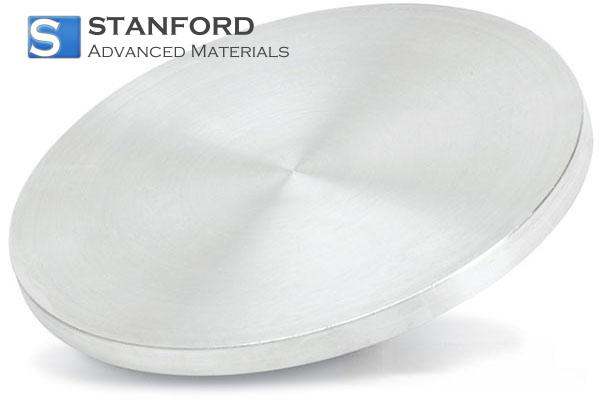
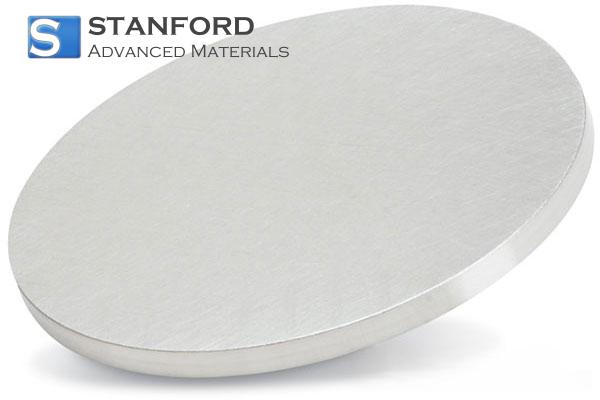
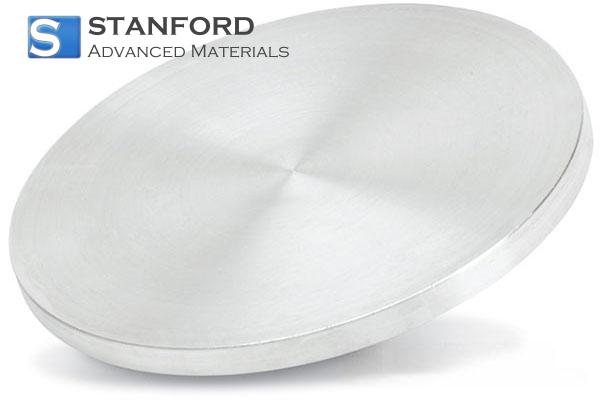
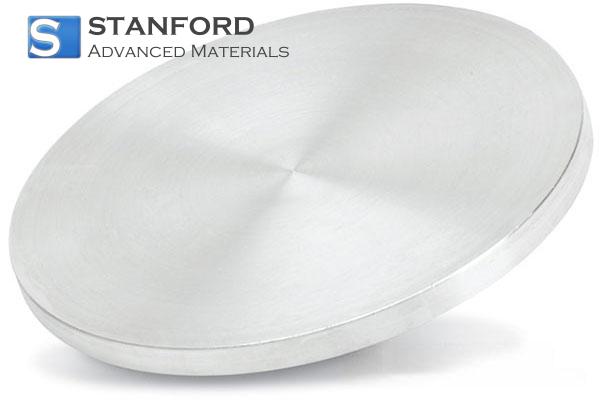
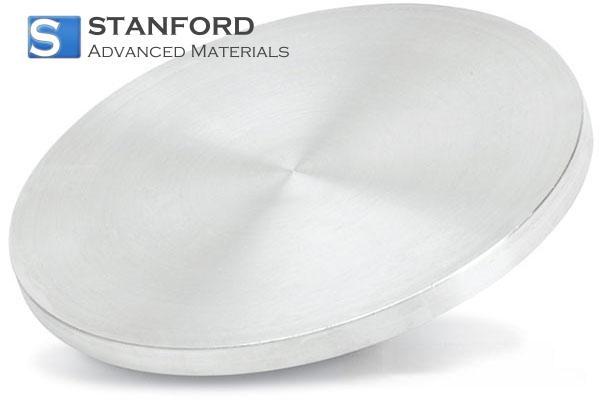
 Chin Trento
Chin Trento

